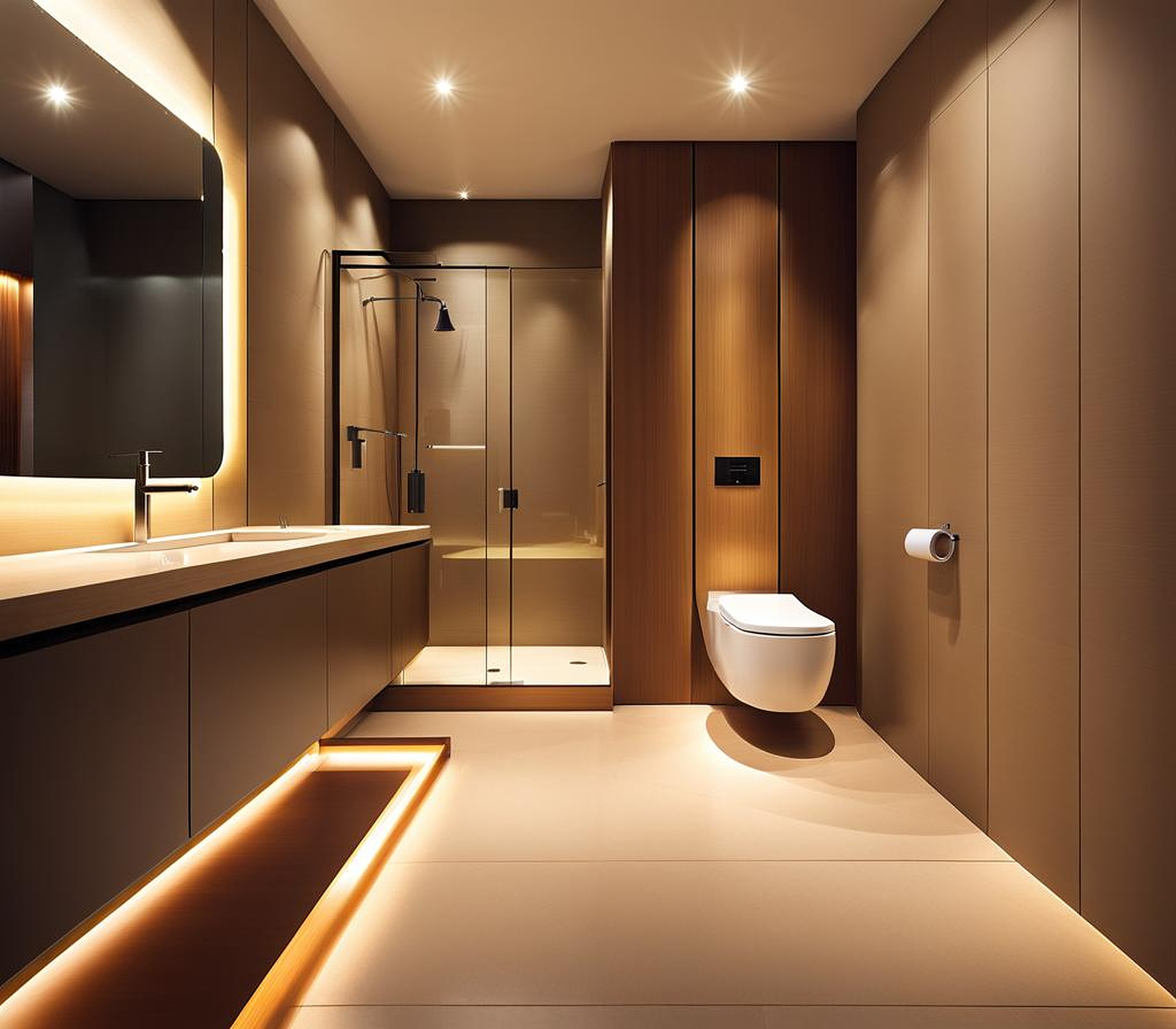Understanding the standard dimensions of toilets is important for designing or remodeling a bathroom. How wide is a toilet, you might ask? Well, this question is not as straightforward as it seems, as toilet width can vary depending on several factors.
The Standard Width of Toilets in Bathroom Design
The standard width of a toilet is typically between 15 and 20 inches (38 to 51 cm). This measurement refers to the distance from one side of the toilet bowl to the other, including the toilet tank. However, it’s essential to note that this range can vary among different toilet models, styles, and manufacturers.
Most residential toilets fall within the 15 to 17-inch (38 to 43 cm) width range, while commercial or public restroom toilets may have a wider bowl, ranging from 18 to 20 inches (46 to 51 cm) in width. The wider bowl in commercial settings is designed to accommodate a higher volume of traffic and provide greater accessibility.
When planning a bathroom renovation or new construction, it’s crucial to consider the toilet’s width in relation to the overall bathroom layout. Proper clearance and space allocation ensure comfortable movement and compliance with building codes and accessibility standards. A commonly recommended minimum distance from the center of the toilet to the nearest wall or obstacle is 15 inches (38 cm), allowing sufficient room for maneuvering and easy access.

Factors Influencing Toilet Width: Space, Style, and Accessibility
Beyond the standard measurements, several factors can influence the width of a toilet, including:
- Bathroom Size: The available space in the bathroom will dictate the maximum width of the toilet that can be accommodated. Smaller bathrooms may require compact or space-saving toilet models with narrower widths.
- Design and Style: Toilet manufacturers offer a wide range of designs, from traditional to contemporary, each with varying widths. Some modern toilets feature sleek, minimalist designs with narrower bowls, while others prioritize comfort and spaciousness with wider bowls.
- Accessibility Considerations: For individuals with mobility challenges or disabilities, wider toilet bowls can provide greater ease of use and transfer from wheelchairs or other assistive devices. The Americans with Disabilities Act (ADA) guidelines recommend a minimum toilet width of 17 inches (43 cm) for accessible bathrooms.
When selecting a toilet, it’s essential to balance the desired width with the available space, design preferences, and accessibility needs to create a comfortable and functional bathroom environment.
Toilet Bowl Width: Dimensions and Variations
While the overall width of a toilet is an essential consideration, the toilet bowl width itself also plays a crucial role in comfort and functionality. The standard toilet bowl width typically ranges from 12 to 16 inches (30 to 41 cm), with most residential toilets falling within the 14 to 15-inch (36 to 38 cm) range.
Wider toilet bowls, often found in commercial or accessible settings, can measure up to 18 inches (46 cm) in width. These larger bowls provide ample space and can accommodate individuals of varying sizes and mobility levels. However, it’s important to note that excessively wide bowls may compromise comfort and ergonomics for some users.
Toilet bowl width can also vary based on the specific toilet design or manufacturer. For example, elongated toilet bowls tend to be wider than round bowls, offering additional room and comfort for the user. Additionally, some high-end or specialty toilet models may feature unique bowl shapes or dimensions to enhance the overall user experience.
Toilet Seat Width: Comfort and Ergonomics
The toilet seat width is another crucial factor to consider, as it directly impacts the user’s comfort and support. The standard toilet seat width typically ranges from 14 to 16 inches (36 to 41 cm), with the most common size being 14 inches (36 cm).
Wider toilet seats, measuring up to 18 inches (46 cm) or more, are often preferred for their added comfort and support, particularly for larger individuals or those with mobility challenges. These wider seats can provide a more stable and secure seating surface, reducing the risk of falls or discomfort.
It’s important to note that while wider toilet seats can enhance comfort, they may not always be compatible with narrower toilet bowls or smaller bathroom spaces. When selecting a toilet seat, it’s essential to ensure a proper fit with the toilet bowl and overall bathroom layout to prevent any clearance issues or interference with surrounding fixtures or walls.
The width requirements for toilets can vary significantly between commercial and residential settings, as they serve different purposes and user needs:
| Toilet Type | Width Range | Considerations |
|---|---|---|
| Residential Toilets | 15-17 inches (38-43 cm) | Designed for single-family or small-scale use, with a focus on comfort and efficient space utilization. |
| Commercial Toilets | 18-20 inches (46-51 cm) | Intended for high-traffic public restrooms, prioritizing accessibility, durability, and ease of maintenance. |
Commercial toilets, often found in public restrooms, airports, schools, or office buildings, tend to have wider bowls and overall widths to accommodate a higher volume of traffic and diverse user needs. These toilets are designed to meet stricter accessibility requirements, ensuring ample space for individuals with disabilities or mobility challenges.
In residential settings, toilets are typically more compact and focused on optimizing space while still providing comfort and functionality for homeowners or small families. However, homeowners may opt for wider toilet models if their bathroom layout allows for it, particularly if accessibility or personal preferences dictate the need for a more spacious toilet.
Regardless of the setting, it’s crucial to consult local building codes and accessibility guidelines to ensure compliance and create a safe, comfortable, and inclusive bathroom environment for all users.